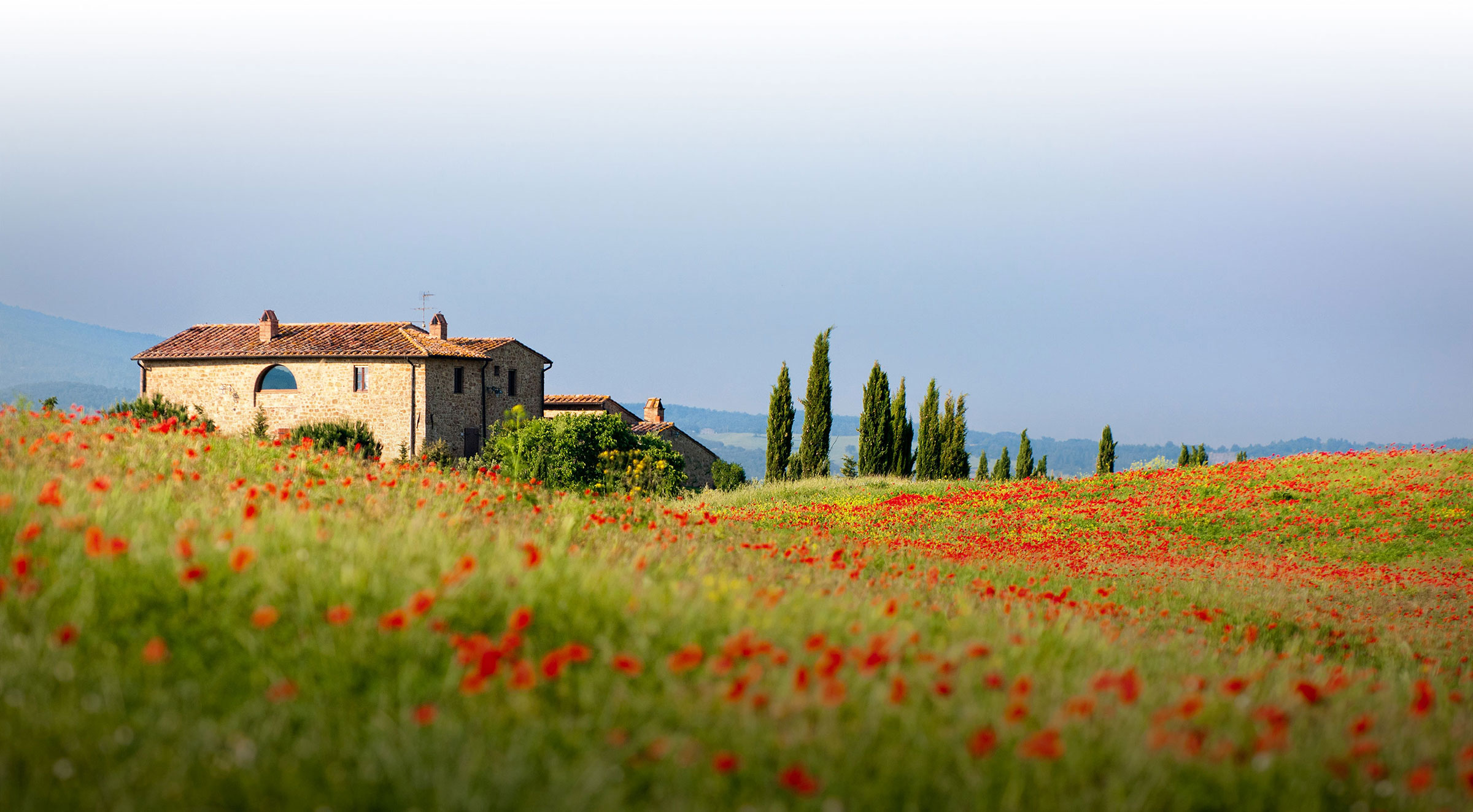Machu Picchu, Peru
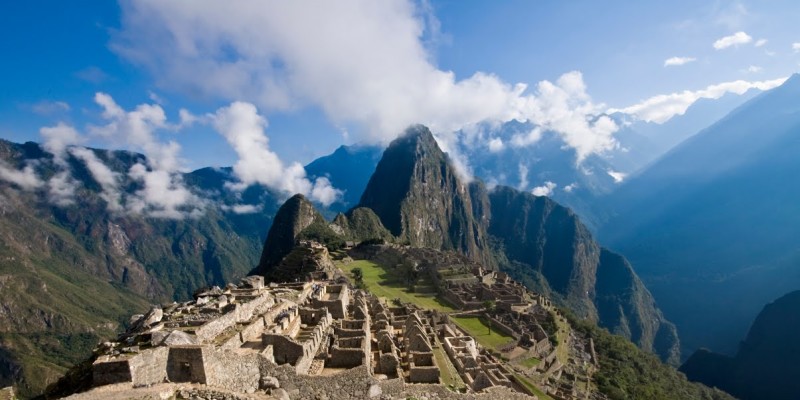
Os Detalhes
High up in the mountains, the Incas built a holy site dramatically impacted by the Spanish in the 1500’s but then not seen again by westerners until 1911.
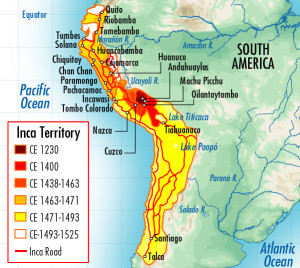 In the early 1500’s the explorer Francisco Pizarro scouted the Incan Empire in Peru and in 1529 was granted a license by Queen Isabella of Spain to conquer Peru. During this time period, the Spanish were continuing to expand their exploration and conquest of the Americas. The Incan Empire at this time spanned from southern Columbia to parts of Chile with a population estimated at 16 million people. The territory of the Incan Empire was rich in minerals including gold and silver, making it a profitable target for Spanish explorers.
In the early 1500’s the explorer Francisco Pizarro scouted the Incan Empire in Peru and in 1529 was granted a license by Queen Isabella of Spain to conquer Peru. During this time period, the Spanish were continuing to expand their exploration and conquest of the Americas. The Incan Empire at this time spanned from southern Columbia to parts of Chile with a population estimated at 16 million people. The territory of the Incan Empire was rich in minerals including gold and silver, making it a profitable target for Spanish explorers.
Pizzaro arrived in 1532 with 106 foot soldiers and 62 cavalry and sought out the leader of the Inca, Emperor Atahualpa. The Inca’s interacted with the Spanish in order to determine if the new arrivals were of divine origin. During a meeting arranged in Cajamarca, Pizzaro, who had a distinct technological advantage, was able to capture and defeat Atahualpa without losing a single soldier, despite Atahualpa bringing 80,000 men with him. Though it would take 10 years for the Spanish to pacify the entire empire, the events of Pizzaro and Atahualpa’s meeting would assure Spain’s expansion in the region.
The Incas were at a disadvantage to the Spanish for several reasons. Spanish steel from Toledo allowed for the mass production of swords, armor, and lances. The Inca had never seen such weapons and were at a significant technological disadvantage, comparatively. The Spanish also utilized early-model muskets and cavalry horses very effectively. Most importantly, though, the Spanish brought diseases with them, decimating the Inca population that had no resistance to these new illnesses. The plight of the Inca at the hands of European disease is an interesting case study in both human biology and global interactions. Students can begin to understand the human immune response to disease against the background of different people coming together for the first time. Learning the devastating effects an unfamiliar disease can have on humans will serve as solid foundation for understanding quarantine policies used around the world and the individual responsibility required when traveling in our ever more connected world.
Situated at an elevation of 8,000 feet, Machu Picchu was discovered in 1911 by a Yale archaeologist. An extraordinary city hidden high above the Urubamba River, Machu Picchu was completely self-sufficient. Terraced agricultural fields watered from natural springs provided food for the Incas who lived there. Machu Picchu is believed to have been a secret ceremonial site. The beautiful mountain setting and remarkably preserved palaces, baths, temples, and houses support the ceremonial nature of the site. Amazing architectural designs utilizing granite blocks weighing up to 50 tons were assembled without mortar to bind them. Each block was cut with such precision that not even a knife blade can be inserted between blocks. The Spaniards never found Machu Picchu and it is believed that it was abandoned around 1533 for reasons that are unclear to this day.
The opportunity to take your children to an ancient city unchanged by the modern world is a rare and valuable one. Pompeii in Italy and Mesa Verde in New Mexico are two other sites that can provide a similar experience, but Machu Picchu’s size and mountaintop location make it a unique destination. Here is an opportunity to develop cause and effect reasoning skills by examining the architecture and layout of an ancient city and determining use and application from form and design. Though the Incas had an advanced civilization, their lack of steel would place them at a considerable disadvantage. Your children can gain a deep appreciation for the accomplishments of the Incas by comparing Machu Picchu to ancient cities in Spain or Puerto Rico. The layout of Machu Picchu and its location also make it an incredible spot for star gazing. The elevation of the city combined with the air quality provide star gazing experiences akin to those found on Hawaiian volcanoes.
A trip to Machu Picchu will provide your children with an opportunity to take a close look at a portion of the world that existed from the 15th to 17th centuries. Opportunities abound to look closely at the effects humans can have directly and indirectly upon one another, and to gain a deeper understanding of the treatment of indigenous people around the world by imperial powers.
Learning Opportunities:
- Study the layout of an ancient city, and see the level of craftsmanship and engineering possible in less advanced parts of the world.
- Research the constellations above Machu Picchu during the season of your trip and practice star-spotting skills.
- Understand the impact European expansion had upon the indigenous cultures of the Americas.
- Begin to understand the complex histories of native cultures and their conquerors.
- Develop an understanding of human biology and immunology, and the devastating impact new diseases can have on a population.
When to go, how to go and what to do when you get there are all questions a travel expert can answer and make your trip more enjoyable.

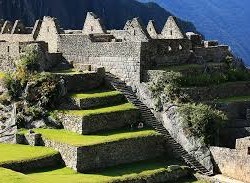
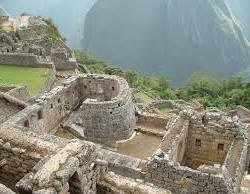
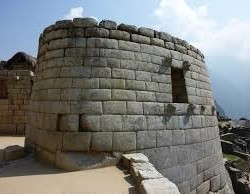
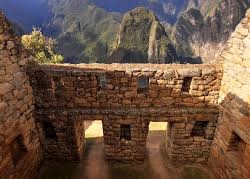
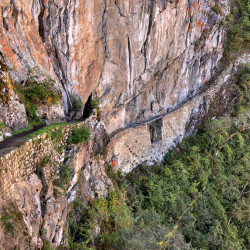
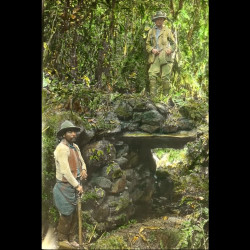
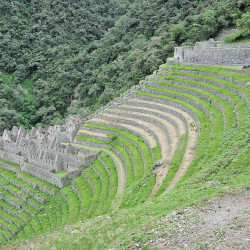
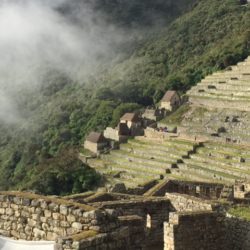
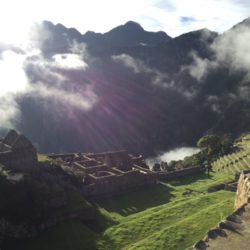
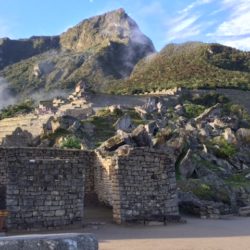
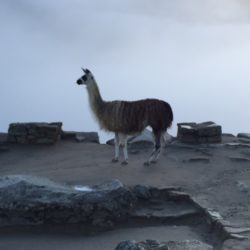
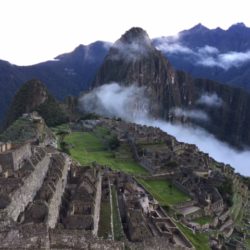
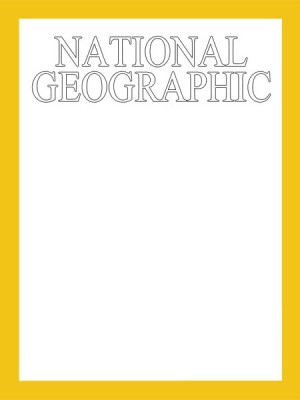 Lofty Ambitions of the Inca Rising from obscurity, Andean rulers forged a mighty empire.
Lofty Ambitions of the Inca Rising from obscurity, Andean rulers forged a mighty empire.
